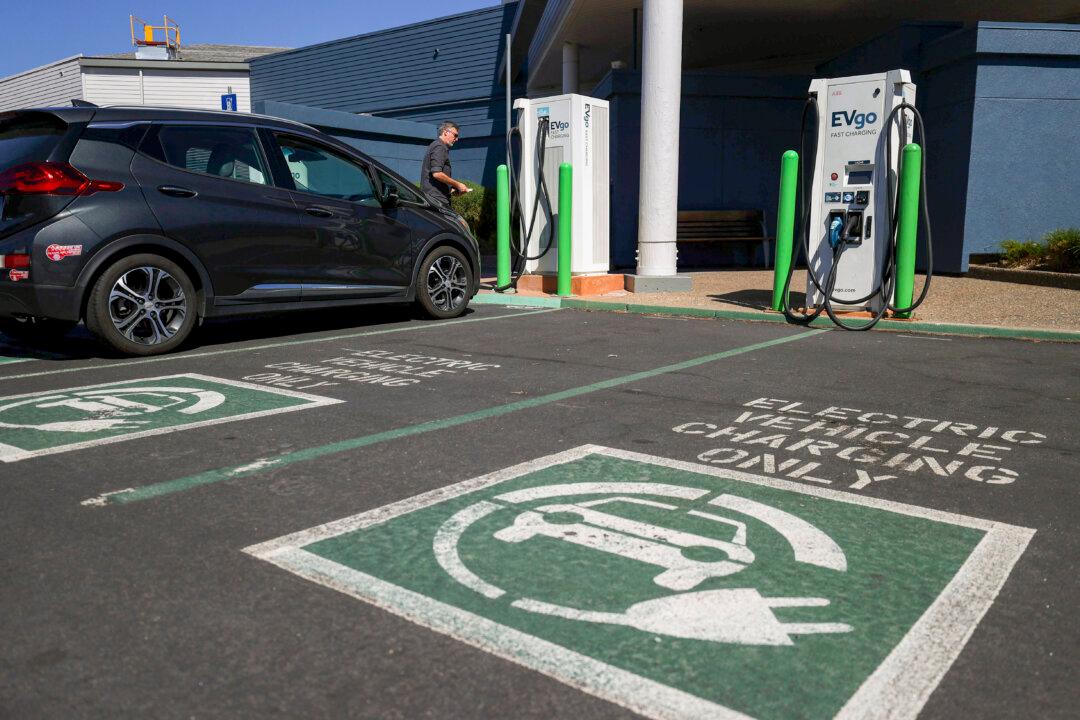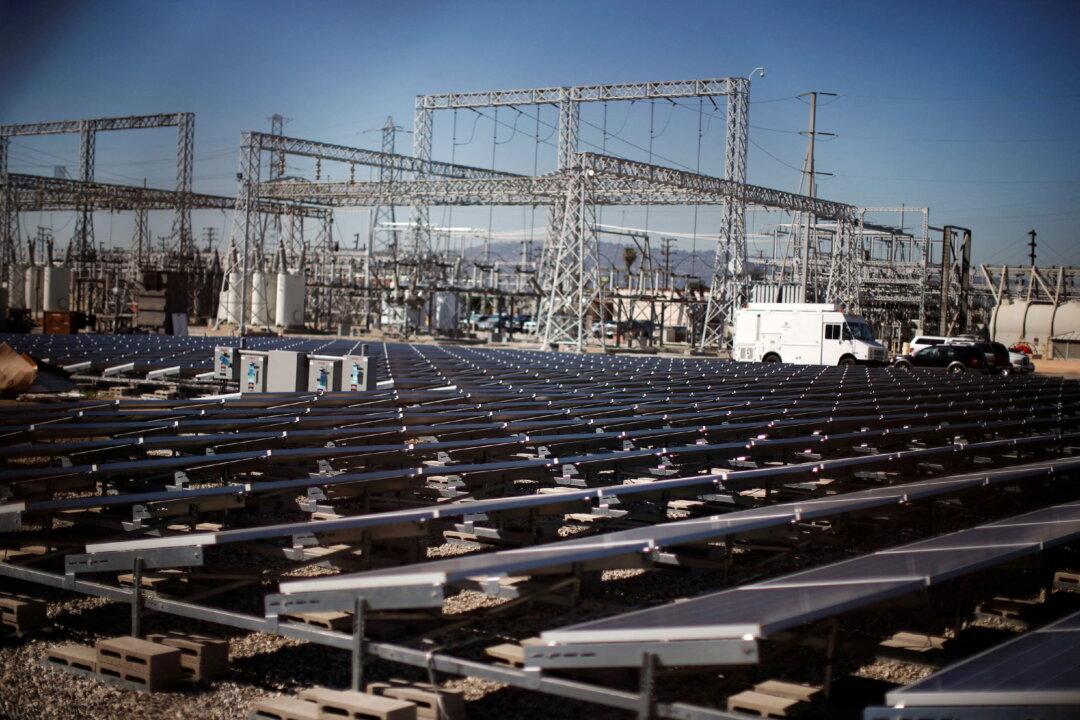Commentary
California’s climate goals might as well have been formulated in the Marvel Studios in Burbank. Consider, first, what’s really going on. The Financial Times reported Dec. 15: “Global coal use set to reach fresh record.” Subhead: “Growing demand and Ukraine war drive higher consumption despite promises on climate change to cut levels.” I’ve reported similar developments here in The Epoch Times, in particular China’s continued development of coal-powered energy.





